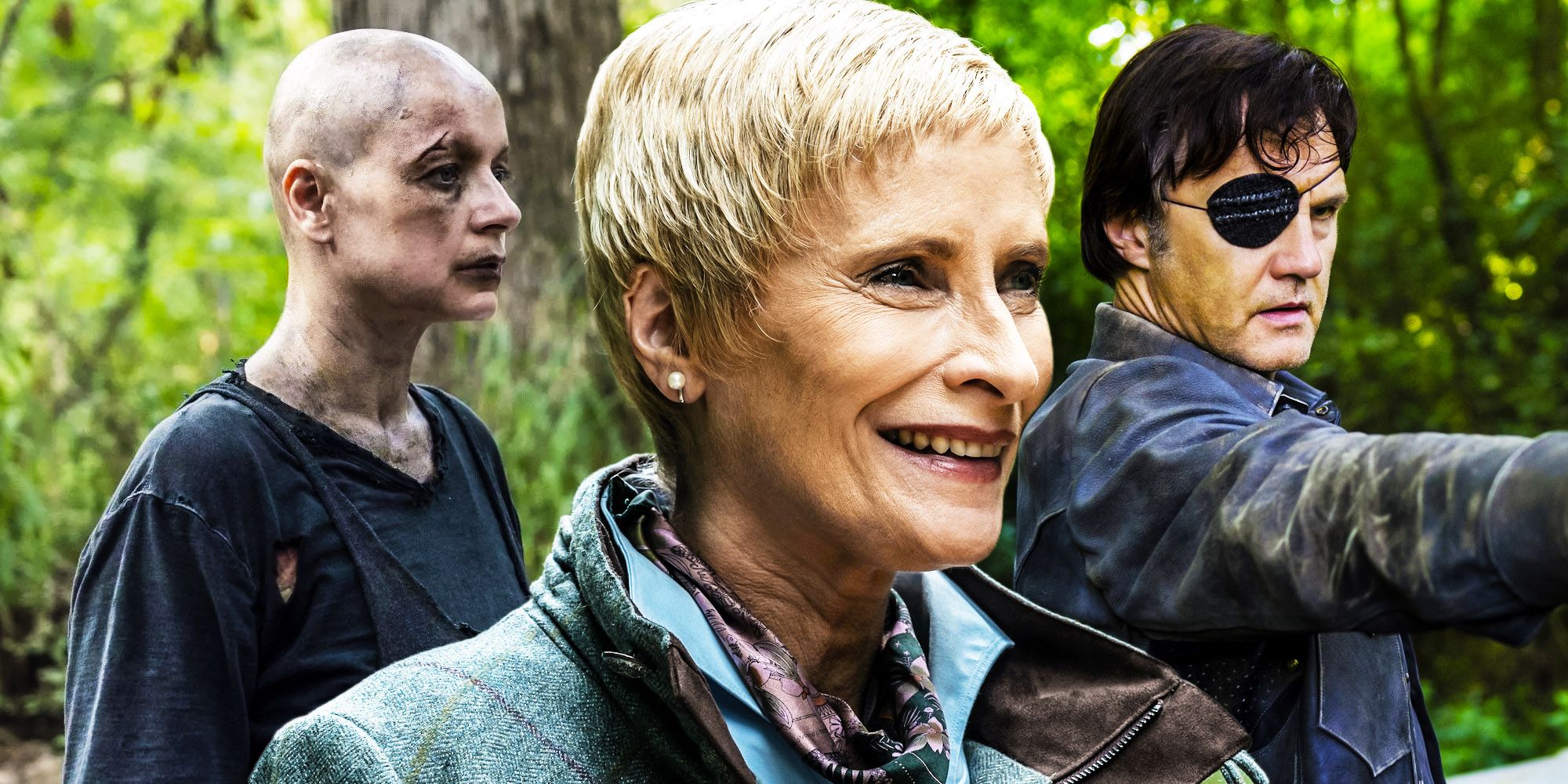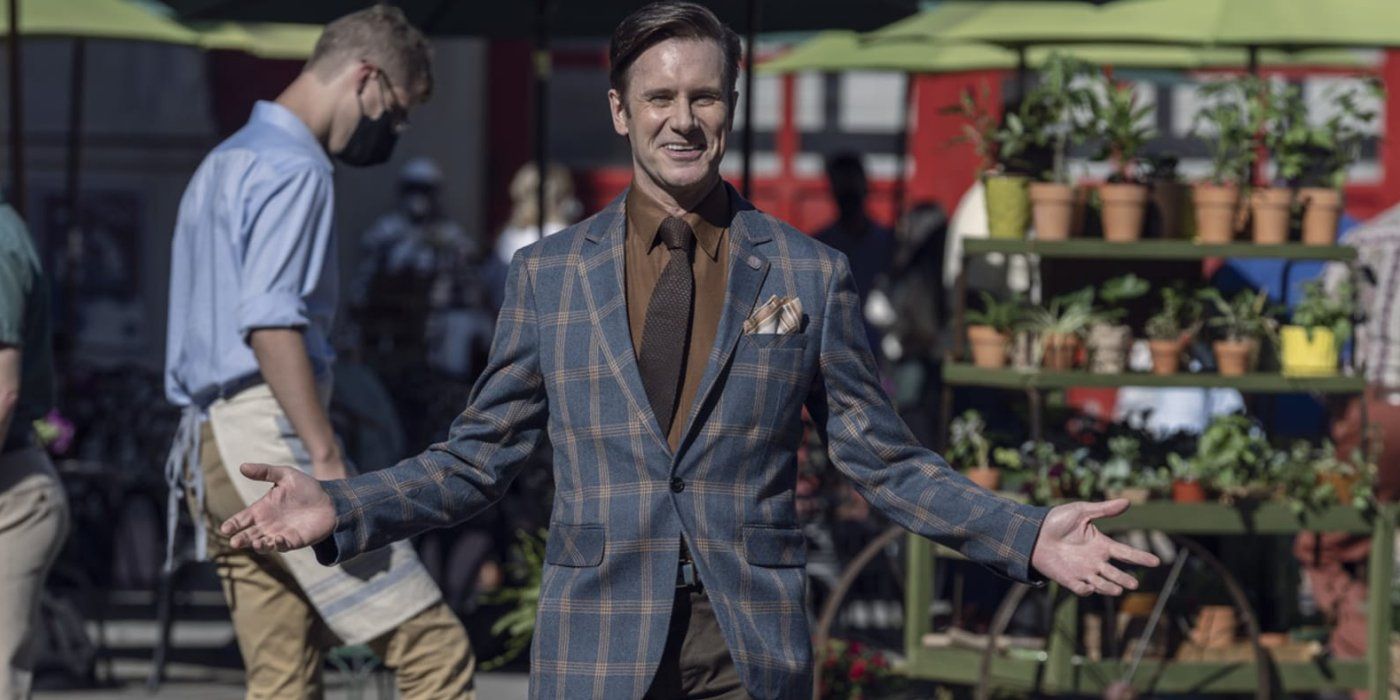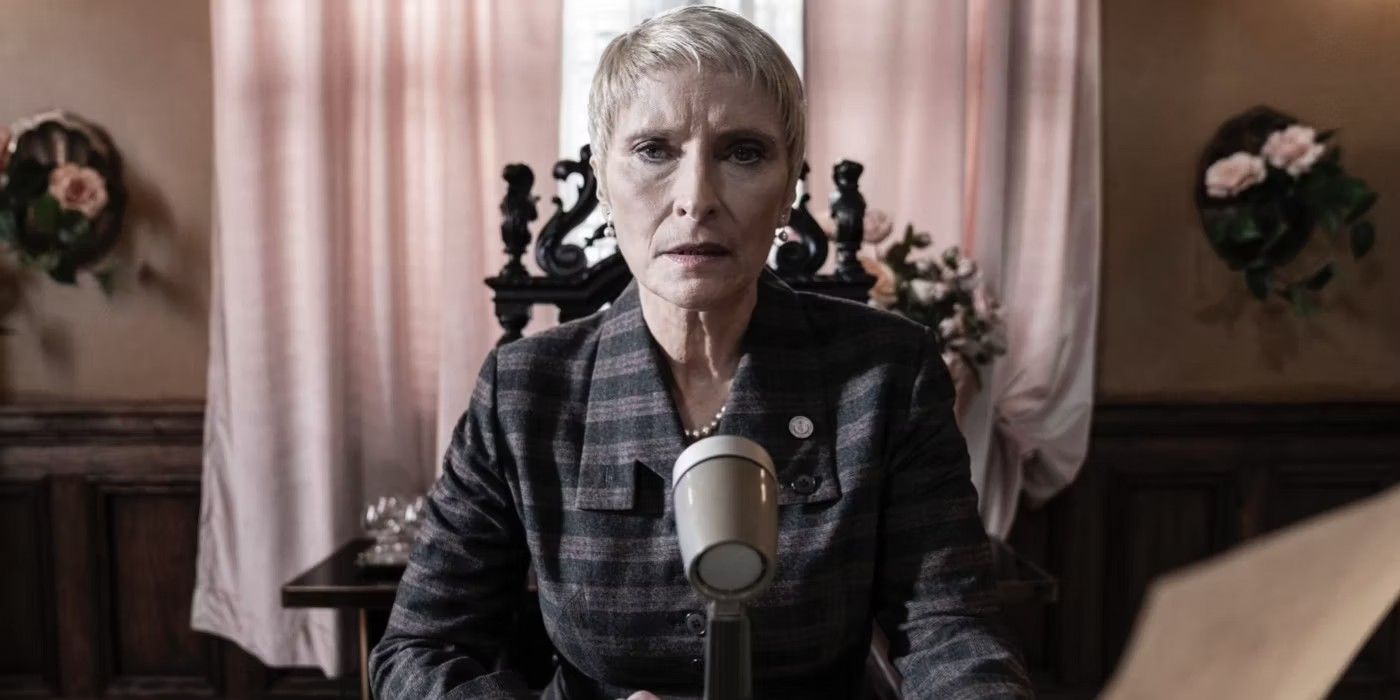Warning: spoilers ahead for The Walking Dead season 11.The final season of The Walking Dead has Daryl Dixon and the Alexandrians facing off against Pamela Milton's Commonwealth, but the antagonists are massively different compared to their counterparts in Robert Kirkman's comic book series. Eugene discovered the Commonwealth through his radio transmissions in The Walking Dead season 10, and most of Alexandria subsequently relocated to the huge Commonwealth community during season 11. Led by Pamela Milton and Lance Hornsby, the Commonwealth sustains an entrenched class system that the rich take full advantage of, exactly like in the comics. Despite sharing certain elements with Kirkman's work, however, AMC's The Walking Dead TV show has made significant changes to the Commonwealth.
All The Walking Dead villains have been changed from their comic versions to an extent, but the Commonwealth is by far the most extreme example. From the torturous entry process to the more aggressive army, the Commonwealth is generally a more hostile community in The Walking Dead's TV adaptation. In The Walking Dead season 11, episode 21, "Outpost 22," however, the reveal that the Commonwealth sends non-compliant citizens to forced labor camps where they are stripped of their names and treated like animals demonstrates just how much more despicable Pamela and her lackeys are compared to Robert Kirkman's version of the Commonwealth.
Why The Walking Dead Season 11 Makes The Commonwealth Worse
The Walking Dead is the story of Andrew Lincoln's Rick Grimes and his fellow survivors fighting against the dead and other, usually more powerful, communities. The Walking Dead has arguably been at its best when Rick, Daryl, and the other main characters faced off against despicable enemies such as the Governor and Woodbury, Negan and the Saviors, and Alpha and the Whisperers. Given that The Walking Dead season 11 marks the show's ending, it was maybe essential to have a proper final villain, meaning the Commonwealth had to be adapted in a way that clearly portrayed its leaders as bad guys without the shades of gray seen in Robert Kirkman's source material.
While The Walking Dead TV series has adopted many characters and themes from Kirkman's Commonwealth, the show has also made several huge changes. One of the most significant is the far more sinister depiction of Lance Hornsby, who is still described as a "dick" by his own soldiers in the comics, but has a much smaller role as Pamela's deputy. Another dark change to the comic book Commonwealth is the labor camp introduced in "Outpost 22". The Walking Dead's Commonwealth did employ a class system in the comics, but didn't have citizens vanishing into thin air or force captives to work under inhumane conditions, making the Commonwealth much more corrupt and evil on TV.
The Walking Dead Changes The Comic Book's Commonwealth Message
In Robert Kirkman's The Walking Dead comics, the Commonwealth arc is designed as a shades of gray story where neither Pamela Milton nor Lance Hornsby are full-blown villains like on TV. Kirkman's Pamela did abuse her power by creating an unequal social structure, but was never an outright source of evil in the same way Laila Robins' iteration is. In the comics, tension and upset among Commonwealth residents slowly builds as Pamela's leadership credentials become more and more questionable. In the show, Pamela is less nuanced and purely evil, making The Walking Dead’s Commonwealth a much darker place to live. Whereas the Commonwealth arc's original message was that evil can be subtle and ingrained into a civil society, The Walking Dead season 11 spins a far more traditional good vs. evil narrative.
The Walking Dead continues Sunday on AMC.



